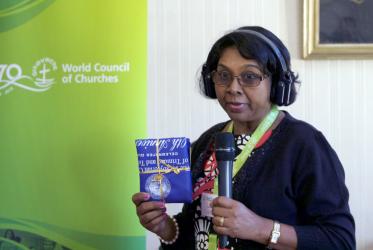Trinidad y Tabago
Prior to colonial times, the islands of Trinidad and Tobago were inhabited by Arawak and Carib Amerindians. The territories changed hands frequently, until Britain took full control in 1889. This history explains the extraordinarily diverse population of Afro-Caribbean, Asian, European and Middle Eastern descent. Trinidad and Tobago achieved independence in 1962, and became a republic within the British Commonwealth in 1976. Originally a sugar colony, cocoa dominated the economy in the 19th and early 20th centuries. Since then, the main economic activity is oil production and export. The presence of the Catholic Church in Trinidad and Tobago goes back to the 16th century and that of Protestant missions to the late 18th century. Besides the Presbyterian Church, the Methodists, Moravians and Anglicans are all part of the WCC, through the wider Caribbean church bodies to which they belong. These churches, together with the Salvation Army and the Ethiopian Orthodox Church, form the Christian Council of Trinidad. Pentecostal churches have grown rapidly in the 20th century and form about 20 percent of the non-Catholic Christians. The Seventh-day Adventists are the third largest church, after the Catholics and the Anglicans. There is a Council of Evangelical Churches, which is affiliated with the WEA.
